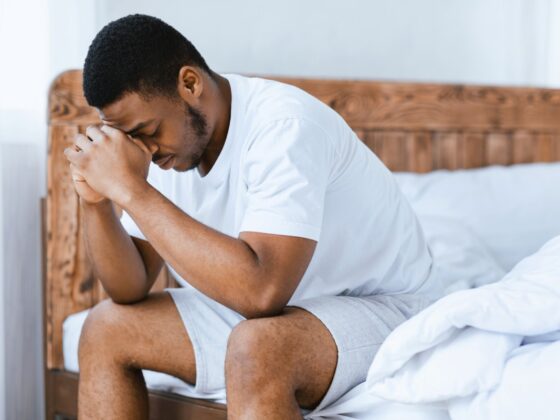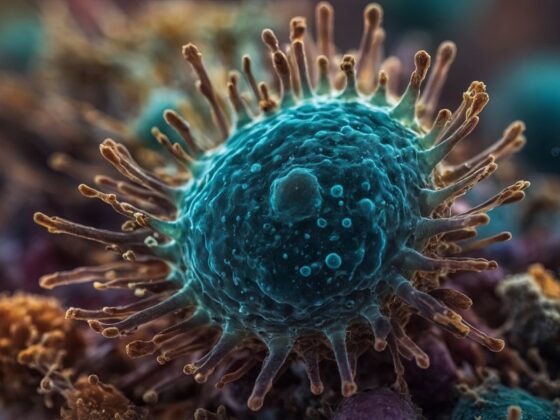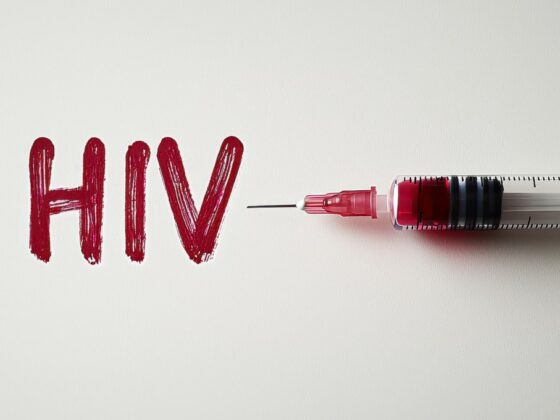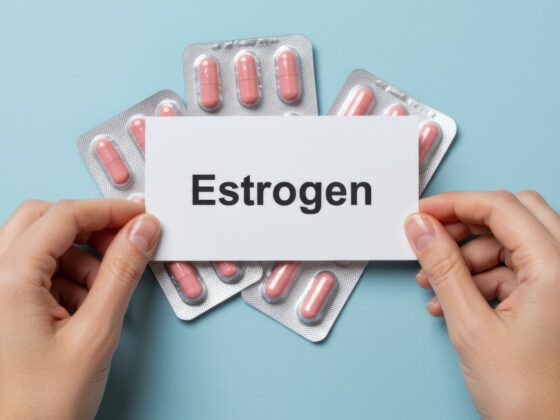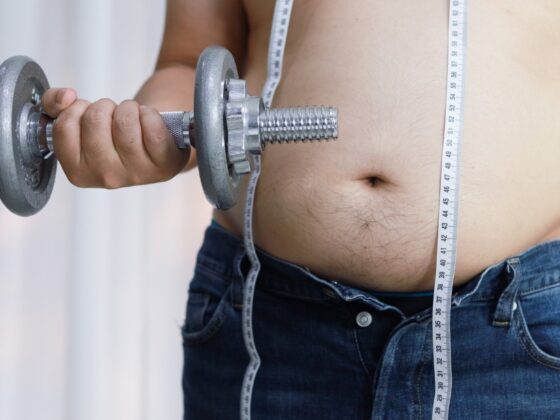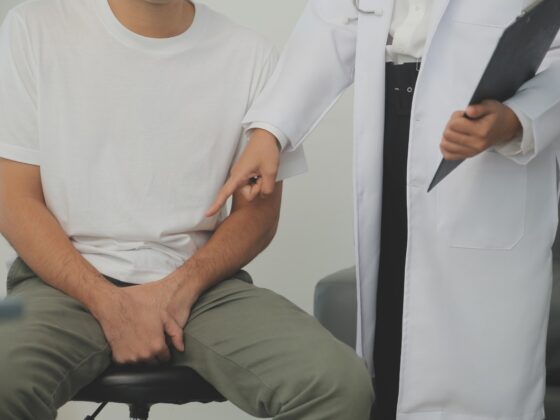Last Updated on 24th September 2021 by Charlie Walsh
The testicles are made up of lots of different cells and the type of testicular cancer often depends on the cells that the cancer originates from. The most common type of testicular cancer begins in the germ cells, which are the cells responsible for creating sperm. The two main types of cancer that originate in the germ cells are called Seminoma and Teratoma. Seminoma is one of the most curable types of cancers with a success rate of 95% if caught early. Teratoma however, is a much more aggressive form of cancer and it is imperative that this cancer is caught as early as possible.

Causes of testicular cancer
The cause of testicular cancer is not yet known. However, there are several risk factors that can increase your chances of getting it. However, it is important to note that even if you do have some of the testicular cancer risk factors, your chances of getting it are still very small.
The risks include:
Undescended testicles that haven’t been corrected is one of the most prominent risk factors for testicular cancer. Undescended testicles usually descend in the first year of life. However, some people may need a little extra help with the process. If they move later than the first year, or surgery is required, this is known as undescended testicles. In most men, this issue has been corrected by the time they reach puberty. But the risk factors are greater in those where the issue hasn’t been corrected, or they haven’t had the surgery between the ages of 11-13.
Men with fertility problems have an increased risk of testicular cancer. However, there is very little information to say why this is. Experts believe that testicular cancer and fertility problems share many of the same risk factors. The fertility problems can include a low sperm count, low mobility or abnormal sperm. Similarly, fertility tests may uncover abnormal cells in the testicles or calcium specks in the testicle which if left untreated may lead to testicular cancer. If abnormal cells are present, treatment usually means removing the testicle to prevent the development of cancer.

A family history of testicular cancer, or a previous history of testicular cancer have an increased risk of getting it. Therefore, if these risk factors are present, it is extremely important that you attend all of your follow up appointments.
Those born with an abnormality of the penis and urethra called hypospadias or have an inguinal hernia which is a lump in the groin caused by part of the bowel protruding through a weakness in the stomach, have a higher risk of developing testicular cancer.
Men diagnosed with HIV or AIDs also have a higher risk of developing testicular cancer. Also, different ethnic backgrounds also have different risk factors. For example, in the United Kingdom white men are more likely to develop testicular cancer than any other ethnicity.
Men who are taller than average and twin boys also have an increased risk of testicular cancer.
However, please remember that testicular cancer is still very rare so even if these risk factors are present, the cancer is still very rare but you do need to be vigilant.
Symptoms of testicular cancer
The symptoms of testicular cancer may vary and is important to note that all symptoms may not present together. If you get one or more of these symptoms it does not mean that you have testicular cancer, but it is very wise to visit your GP to get everything checked out.
• Lump or swelling in the testicle – these lumps may be very small.
• The scrotum feels heavy
• Sharp pain or discomfort in the testicle
• Increase in firmness or feel of the testicle
• Differences felt between the two testicles
• Men may develop swollen breasts due to a hormone imbalance
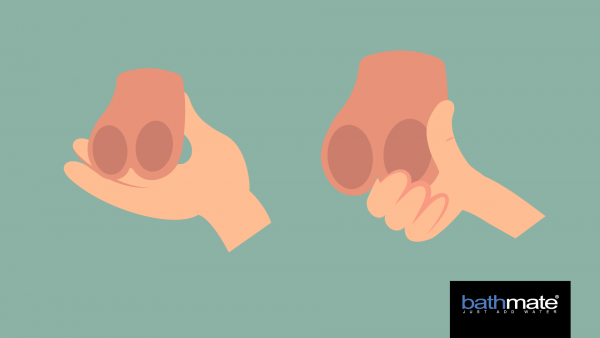
How to check your testicles
From the age of 15 upwards you should be checking your testicles for lumps at least once a month.
The best time to check is after a warm bath or shower.
1. Get to know the size, shape and firmness of your balls by regularly feeling them.
2. Set a monthly calendar reminder to check your testicles
3. Take a nice warm bath or shower as this helps the testicles to hang down lower.
4. Place your testicle in the palm of your hand and gently roll it between your finger and thumb.
5. Your testicles should feel soft, but firm, a little like a boiled egg.
6. You are feeling for anything that is unusual to your normal state such as lumps, changes in texture such as feeling firmer.
7. Any lumps should feel painless. However, if you experience and pain or heaviness this also needs to be investigated too.
8. Don’t panic!

If you find a lump on your testicle
If you discover something unusual, or find that you are experiencing symptoms. Try not to panic, testicular cancer is very rare and quite often, testicular issues are not cancer. However, it is very important to get any issues investigated by your GP as quickly as you can. That way, you can get the best possible treatment as soon as you can. For those feeling a little embarrassed, don’t. Your GP has performed hundreds of these checks.
Testicular cancer resources
If you need more information about testicular cancer, or you would like a monthly reminder to check your testicles. The oddball app is the UK’s first testicular cancer app and was created by the Oddballs Foundation cancer charity. The app sends a regular reminder and contains step by step instructions in how to correctly check your testicles. The app also contains lots of useful information about testicular cancer. The app is available on both apple and android so it is very easy to download!



